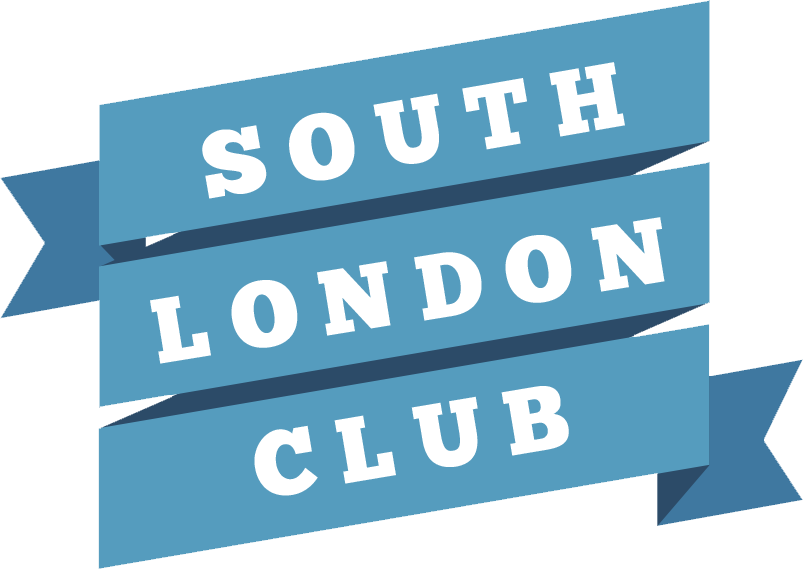The prominence of Brixton Academy as the most iconic music venue in London is undeniable. Were you really a teenager in South London if you didn’t go to your first gig there? The second largest theatrical stage in Britain has hosted every act and genre of music you can imagine, and it shows no signs of slowing. But how did it become the infamous venue it is today? From opening as a theatre and cinema in the 1920s, near-demolishment in the mid-70s to becoming the infamous stage for the world’s best music acts, the evolution of Brixton Academy is a fascinating one.
Photograph: Tierney Photography
Designed by architects Thomas Somerford and E.A. Stone, Brixton Academy actually started as a cinema and theatre called The Astoria in 1929. The building’s semi-domed entrance porch and Italian Renaissance inspired interior, featuring a striking proscenium arch, remains one of its defining features to this day. The Astoria remained open as a cinema for 43 years, finally closing in July 1972. Then began its first venture as a rock venue and discotheque. Branded the ‘Sundown Centre’ and operated by the Rank Organisation, a British entertainment and film company, it lasted only four months.
It is here that the story almost ended when, in May 1974, planning permission to demolish the building was pursued. There were plans in the works to turn it into a motor showroom and petrol station, but these were ultimately scrapped and it was listed as a Grade II building. The building then began its life as an equipment store for the Rank Organisation. However, Rank soon faced financial issues and had to face cessation of product.
After extensive remodelling at the hands of Sean Treacy, the building opened once more in 1981 as music venue The Fair Deal. Although it attracted some big names such as UB40 and The Clash, The Fair Deal closed in 1982 due to debt. It seemed as though the building was resigned to failure as a rock venue, but Brixton newcomer Simon Parkes saw huge potential in the building, not only as a music venue but as the epicentre of Brixton culture.
Parkes bought the almost derelict venue for just £1 in 1983 and reopened it as the Brixton Academy. It seems hard to believe a single pound has ever been spent better. Amongst the derelict buildings, poverty and racial tension in the area, Parkes had found a diamond in the rough. The building was run-down and damp-infested, requiring huge investment from Parkes to restore the venue to its former glory. After being told countless times by naysayers that he would never get a rock band to play in Brixton, Parkes turned to reggae gigs to build up the reputation of the Academy. He claims this attracted the punk and rock bands that propelled Brixton Academy to icon status.
David Bowie performing at Brixton
Photograph: Mick Hutson/Redferns
However, it was not just successful as a music venue. Brixton Academy was the first venue in the UK to receive a 6am license and so put on the country’s first ever legal raves in 1989. Illegal raves in South London had become a huge problem for the police, so Parkes proposed legal raves at the Academy. These were a huge success, enticing acts such as Primal Scream and Happy Mondays to perform at them. In fact, they became so popular that the Ecstasy business surrounding the Academy was reported to be worth an estimated one million pounds per weekend. The Academy was becoming a pioneer for all things music and pop culture. The gigs were super high energy, some including dodgem cars and motorbikes. However, by the mid-90s Parkes felt the music scene had changed too much for his tastes and sold the venue for £2.5 million.
The venue has attracted a milieu of artists over the years, including Rammstein, Iron Maiden, The Clash, The Prodigy, Bob Dylan, Sex Pistols, Madonna, The Rolling Stones, Dr. Dre and Diana Ross. However, it is not just the big names that make Brixton Academy so special. It has served as the backdrop for music history in the making over the last 34 years. The Smiths played their last ever gig at Brixton in December 1986 at a benefit for Artists Against Apartheid. It was not known at the time that this was to be their last stage appearance, which makes the fact the gig ended on the line ‘I’ll probably never see you again’ from their track ‘Hand in Glove’ even more poignant. In addition to this, over 50 live albums have been recorded at the Academy, the phrase ‘Live at Brixton’ becoming a safe bet for any live rock album recorded in London. No wonder it has become the host venue of the NME awards and subsequently been voted venue of the year twelve times since 1994.
In 2006, a sponsorship deal with O2 meant the building was renovated and the capacity was increased. The Brixton O2 Academy can now hold 4,921 people and its status as a Grade II* listed building means it is here to stay. It has continued to attract singers, bands and their fans even today. The Mighty Boosh and The xx hold the record for most consecutive nights played at the venue. Both of these acts racked up 7 consecutive nights at the Brixton Academy, The xx becoming the first music act to do so in March 2017.
WHAT IS THE SOUTH LONDON CLUB CARD?
The South London Club is a local discount card to help support small independent businesses across South London whilst saving all who live, work & play in South London money! With over 500+ local discounts to choose from, you will discover & explore all the best hidden gems in South London. Join over 5,000 of us & celebrate all that's independent & South London!






